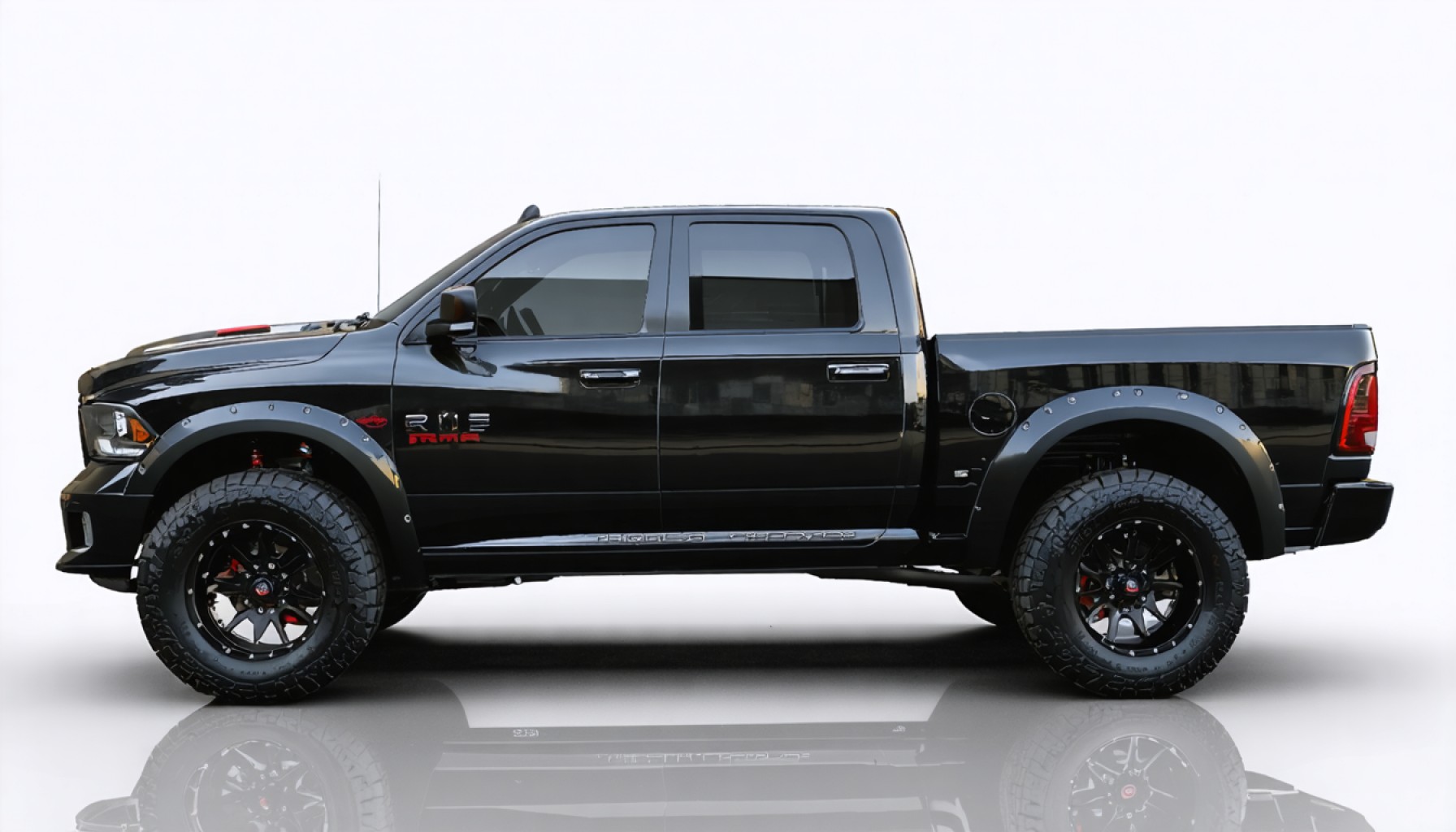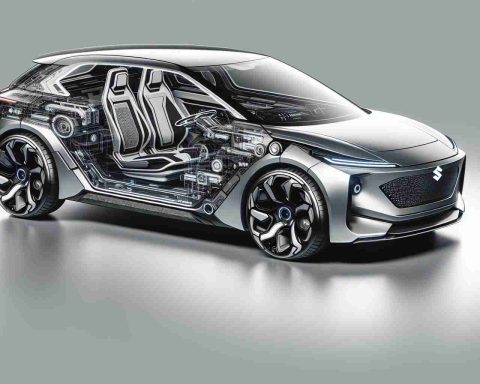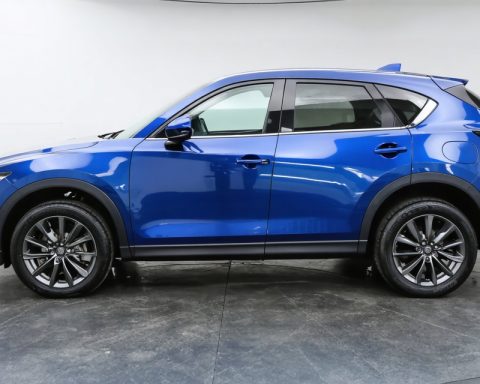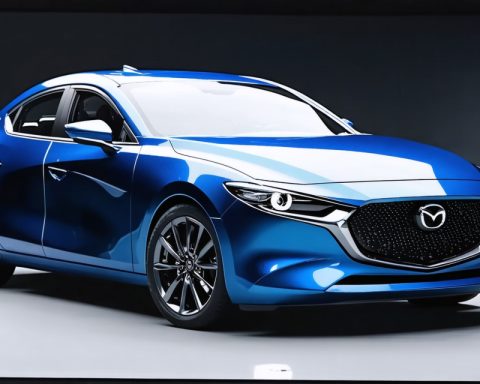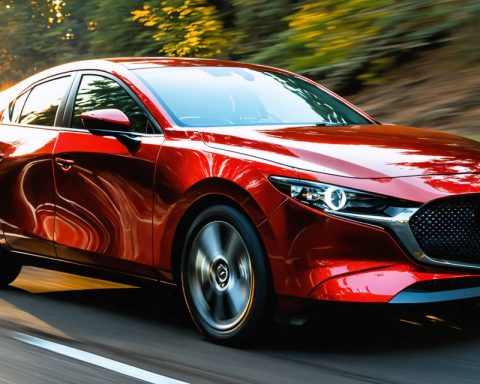- Electric vehicles (EVs) now perform impressively in winter, defying previous skepticism.
- Innovations like preconditioning pre-heat EVs, enhancing comfort and conserving battery charge.
- Regenerative braking in EVs converts kinetic energy back into power, extending range in cold conditions.
- Average EV range has tripled over the past decade, with more public charging stations available, supporting long-distance travel even in winter.
- The refined EV experience offers both sustainability and serenity, promoting resilience and innovation in automotive travel.
- Modern EVs transform harsh winter journeys into enjoyable drives, providing an invitation to explore their potential.
A tapestry of white stretched as far as the eye could see, the snow crunching rhythmically beneath the tires of a sleek, silent Volvo electric vehicle. Contrary to the whispers of skepticism, cruising through the heart of a Swedish winter in an electric vehicle (EV) can be both seamless and invigorating.
As winter tightens its grip on the landscape, every car, no matter its power source, faces the shiver-inducing challenges of the cold. Yet, the EV—often doubted for its endurance amidst the icy elements—has undergone a remarkable transformation. The days when batteries would surrender to the whims of the weather are rapidly fading. Thanks to innovative technologies, modern EVs are increasingly proving their mettle against the ravages of winter.
A pivotal advancement in this evolution is preconditioning. Envision driving without the usual bone-chilling wait for the interior to warm. Preconditioning allows the vehicle to be pre-heated while it’s still plugged in, ensuring the batteries and cabin are toasty before the journey begins. This capability doesn’t just enhance comfort but also conserves the precious charge for the actual drive—a significant boon on frosty mornings.
Then there’s the impressive dance of regenerative braking, a hallmark of today’s EVs. As a driver eases up on the accelerator, these cars gracefully convert kinetic energy back into electrical energy, recharging the battery with every slowdown. This not only rewards the eco-conscious but also extends the range, especially crucial when the thermometer dips.
Speaking of range, the transformation over the past decade has been nothing short of revolutionary. Compared to the early days of electric driving, the average range has more than tripled, and public charging points have proliferated. This dramatic increase in infrastructure and technology means even in wintry domains, long-distance journeys are no longer the daunting challenges they once were.
The true allure, unexpectedly, lies in the serene charm of the drive itself. As I maneuvered the EV across the pristine Swedish lakes and through thick blankets of snow, it became clear: this isn’t just about electric vehicles overcoming a seasonal hurdle. It’s about embracing a future where every journey—no matter the weather—is steeped in innovation and sustainability.
This evolution of EVs highlights a broader narrative of resilience and adaptation, carving a path forward in the automotive world. For those on the fence, let winter serve not as a deterrent but as an invitation to explore what modern electric vehicles truly have to offer. The journey is not one of limitation, but of newfound freedom, wrapped in the stillness of a snowy day.
Why Winter Won’t Hold Back Your Electric Vehicle Adventure
Overcoming Winter’s Challenges: The Modern EV Experience
The story of electric vehicles (EVs) traversing through harsh winter landscapes is no longer just about survival; it’s a testament to the technological advancements that have redefined their performance in cold weather. Here, we’ll delve deeper into the facts and strategies that make EVs not only viable but also enjoyable in winter conditions.
How EVs Conquer Cold Weather
1. Preconditioning Technology
– Fact: Preconditioning isn’t just a luxury; it’s a game-changer for EV winter performance. This feature allows you to heat the battery and cabin while the vehicle is still connected to a power source, thereby preserving battery life for the drive ahead.
– Tip: Always schedule preconditioning via your car’s app to ensure optimal temperature and efficiency upon departure.
2. Regenerative Braking
– Fact: Regenerative braking systems convert kinetic energy back into usable electricity, significantly improving the vehicle’s range—an essential feature in colder climates where battery efficiency can drop.
– How-to: Practice gentle acceleration and deceleration to maximize regenerative braking benefits during your trips.
3. Improved Battery Technology
– Fact: Advanced battery chemistry and thermal management systems have enhanced the cold-weather range of EVs by maintaining battery temperature.
– Tip: For those in extremely cold areas, consider a vehicle model known for superior cold-endurance battery performance.
Real-World Use Cases
– Nordic Countries: Scandinavia, with its harsh winters, has a rapidly increasing adoption of EVs, showcasing successful adaptation with available infrastructure and strategic driving techniques.
– Urban Commuters: City dwellers benefit from shorter commutes and frequent charging options. Preconditioning ensures comfort without additional battery drain.
Industry Trends and Market Forecast
– Expansion of Charging Networks: As global EV adoption accelerates, public charging infrastructure is expanding rapidly, with governments investing heavily in charging stations.
– Battery Advancements: Researchers are focusing on solid-state batteries, which promise to further enhance range and performance in cold weather. According to a report from BloombergNEF, the global EV battery market is expected to grow by over 20% annually in the coming years.
Pros and Cons Overview
Pros:
– Lower Running Costs: Electricity is typically cheaper than gasoline, especially when combined with home charging options.
– Reduced Emissions: EVs contribute to cleaner air, aligning with sustainability goals.
– Innovative Features: Technologies such as preconditioning and regenerative braking provide enhanced convenience and efficiency.
Cons:
– Initial Cost: Higher upfront costs for EVs compared to conventional vehicles, though incentives and decreasing battery costs are mitigating this.
– Range Anxiety: While improving, range anxiety can still be an issue in remote areas with fewer charging options.
Actionable Recommendations
– Plan Ahead: Use apps to identify charging stations along your route, especially for long trips.
– Utilize Manufacturer Incentives: Check for available tax credits and rebates when purchasing an EV.
Final Insights
Embracing electric vehicles in winter conditions is no longer about compromises. With innovative features, expanding infrastructure, and a shifting narrative towards sustainability, EVs are undeniably set to become a mainstay, even in the coldest climates. For more information and updates on electric vehicles, visit the official Volvo Cars site to explore their latest models and technologies.






